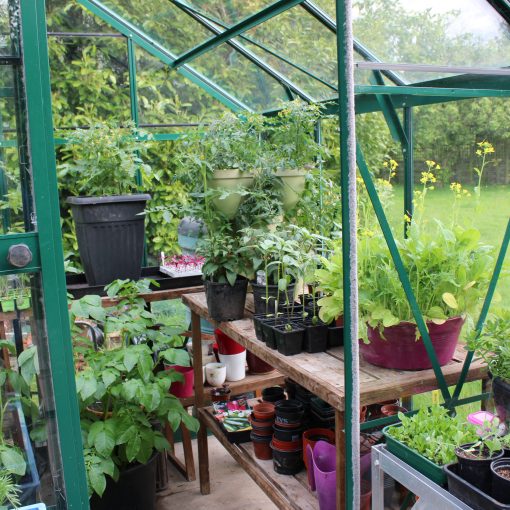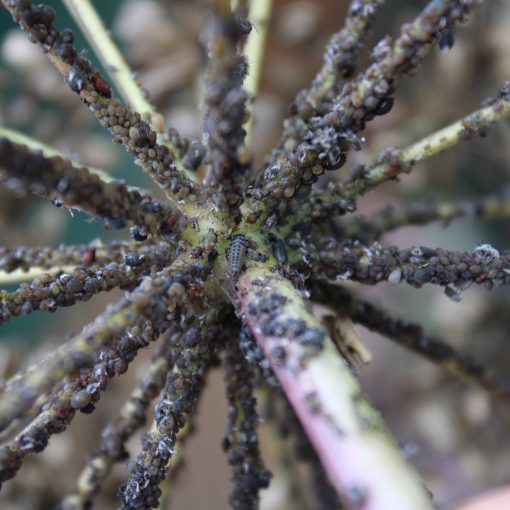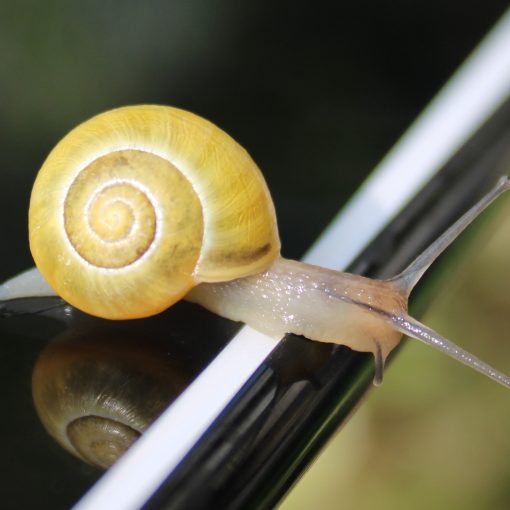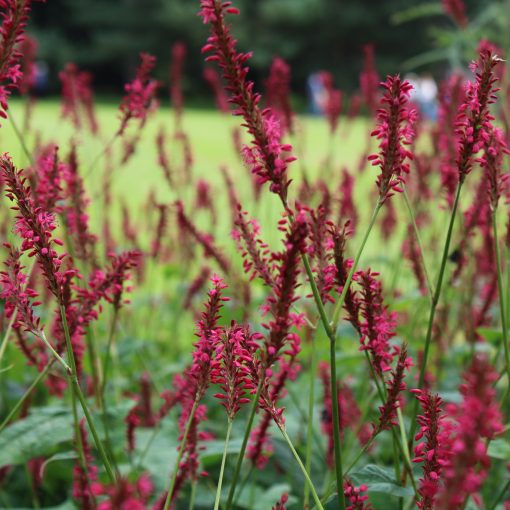Introduction
Vine weevil is one of the pests which needs to be known in detail for the RHS level 2 theory exam R2103 ‘Maintaining Plant Health’
Vine weevils are sneaky – you don’t know they are there until your plant wilts and then blows away in the wind because it is rootless.
Here’s a picture of my Heuchera which was in a container. In early Spring I thought it must be very dry as it was wilting so I watered it. (My bad not feeling the compost first to check) It wasn’t lack of water – it was lack of roots caused by vine weevil larvae munching through them over the Winter.
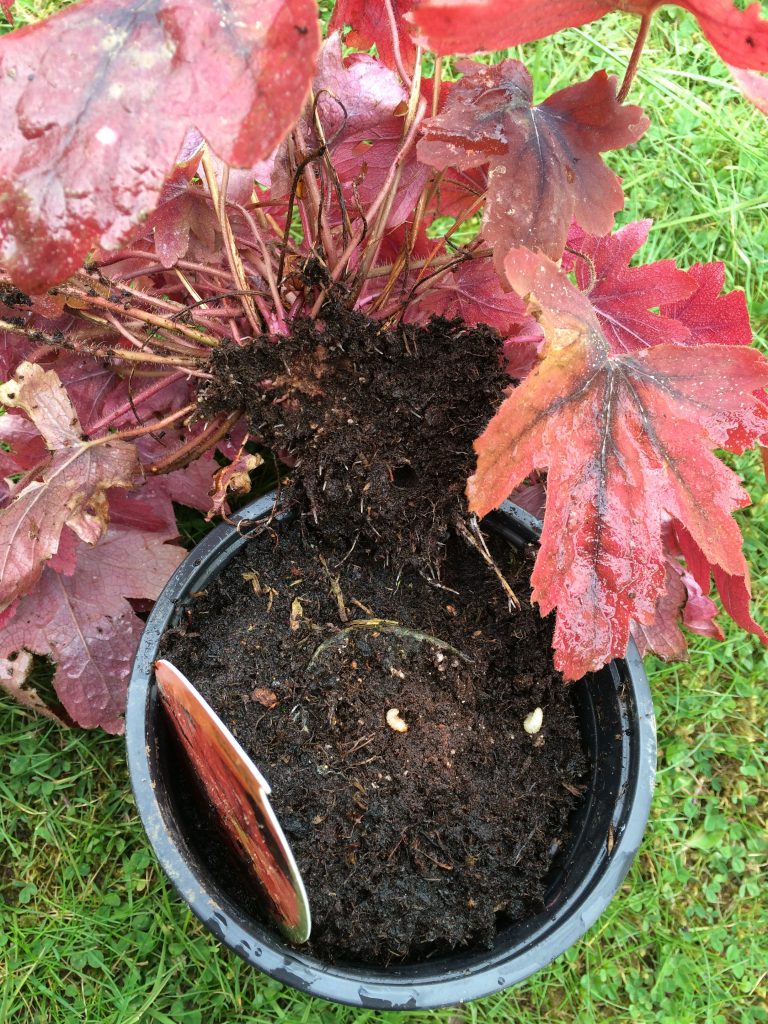
It is important to know the life cycle of vine weevil because it will assist with the prevention and control of this pest. Knowing the lifecycle helps you understand when to use a biological control, a *chemical control or which plants are susceptible to attack so need to be carefully monitored. Vine weevil is quite particular about which plants it likes to devour.
*As the RHS also says on it’s website, inclusion of a pesticide does not indicate a recommendation or endorsement.
Overview of life cycle
Vine weevil has a complete metamorphosis life cycle (Like a butterfly) so they have 2 distinct forms – a black long nosed beetle-like adult and a cream-coloured legless brown headed C- shaped grub or larva. (Pleural larvae)
Here is a diagram to show the life cycle of vine weevil with suggested control methods and when to carry out these control methods.
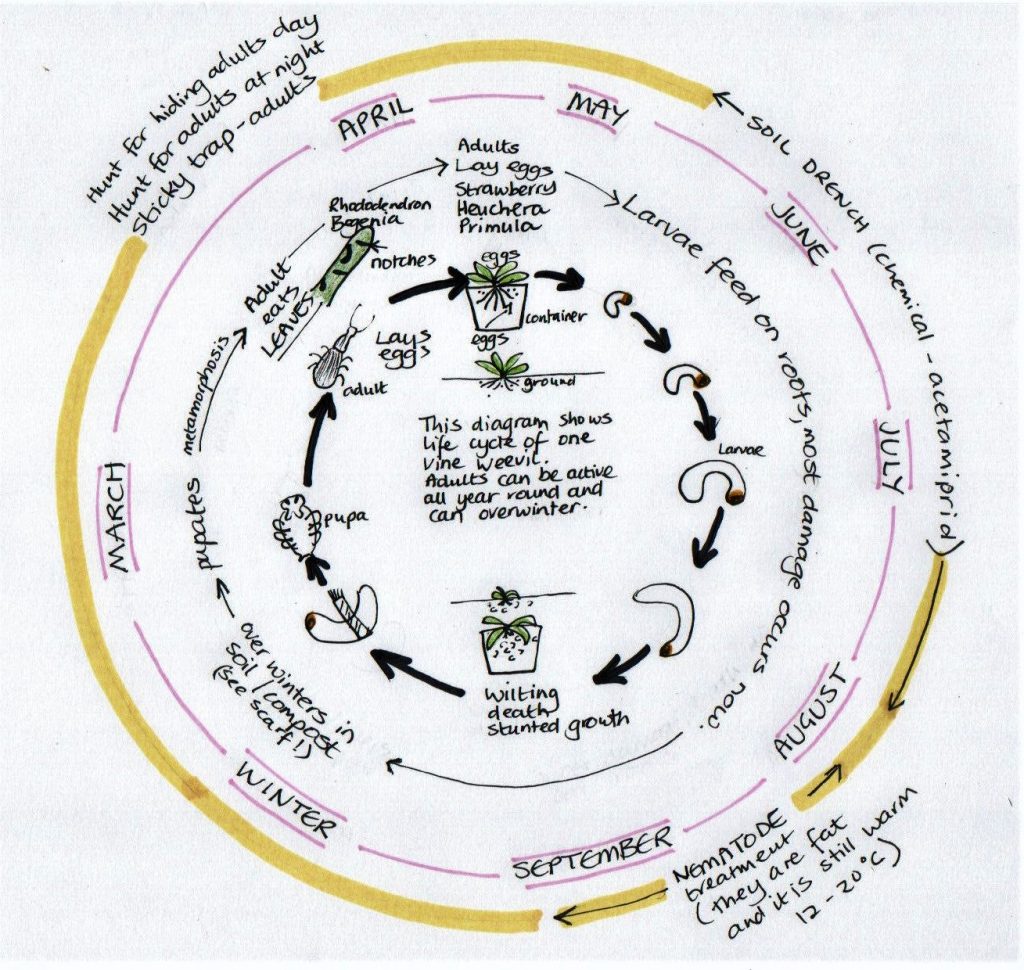
What does the pest look like?
Adult vine weevil is a pointed nosed, crawling and climbing beetle-like insect (9mm long) which lays its eggs at the base of stems at night as it is nocturnal. These eggs hatch into vine weevil larvae which are creamy coloured ‘C’ shaped legless grubs with a brown head. The grubs are the main cause of plant damage, particularly in containers.
Host plants and damage
ADULTS
Vine weevil adults prefer to feed on leathery leaves such as Rhododendron species, evergreen Euonymus, Bergenia cordifolia, Fatsia japonica. They eat from the edges and create narrow channels which are often curved. Usually the plant can cope well with this damage as it is large. Although not life threatening the plant will look unsightly.
Photo to show adult Vine weevil

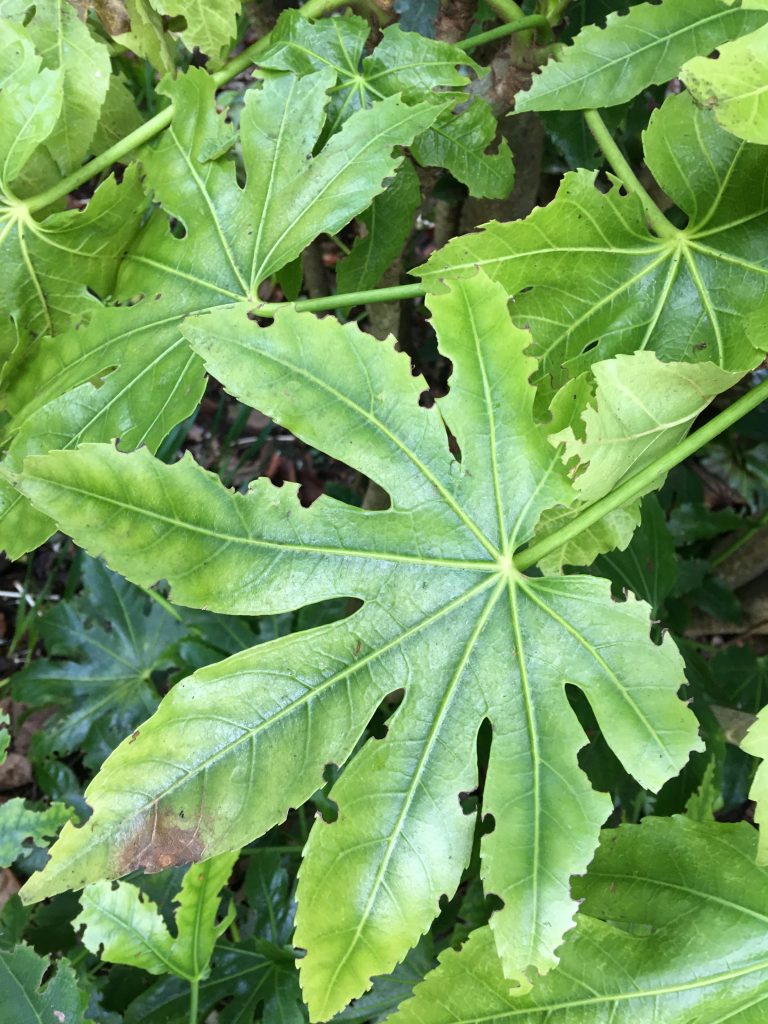
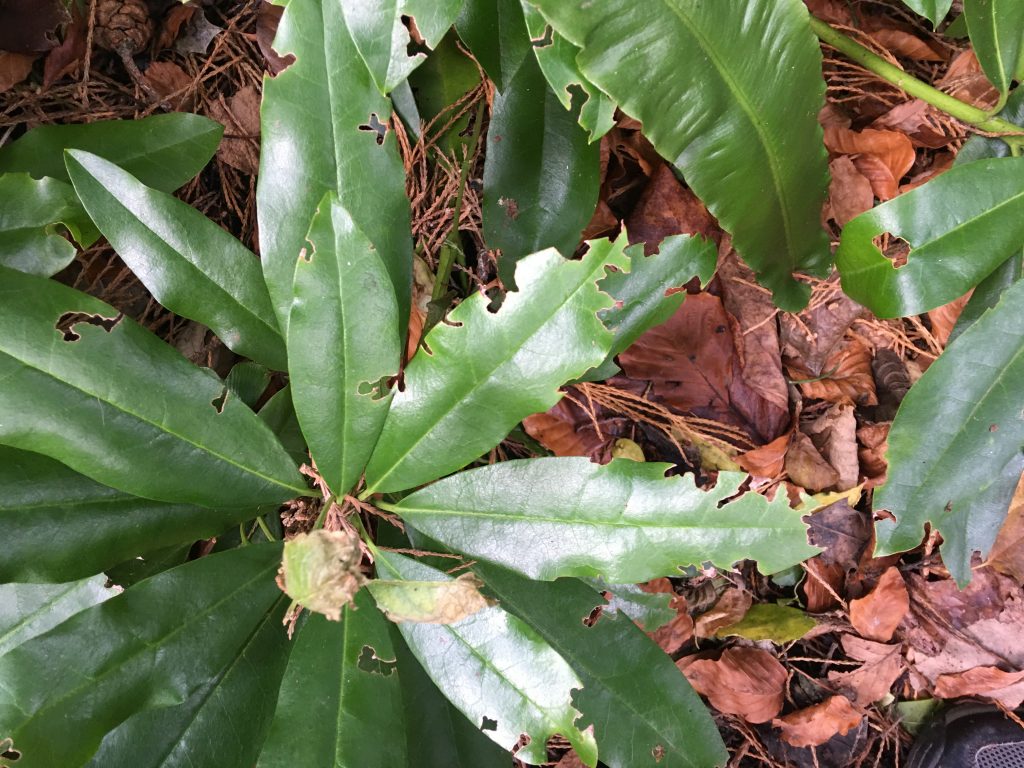
LARVAE
Vine weevil larvae feed on the root hairs and the base of the stem of plants such as Cyclamen, strawberries, Heuchera, Fuchsia, Primula, Impatiens walleriana and are particularly lethal when the plants are in containers as there is a limited root zone.
It is the larval stage which causes the main damage and often death of the plant. Symptoms are stunted growth, wilting, leaf colour change due to nutrient deficiency and finally death.
Short video showing larvae with a plant label to show scale:
How are pests introduced?
Introducing new plants which have adult or larval stage vine weevil and adult weevils laying eggs in pots or in the ground next to a host plant.
Life Cycle Overview
- Adults can over Winter so remove hiding places.
- Larvae can over winter and pupate and hatch in the Spring as adults
- Egg laying starts in Spring
- There is only one generation but the hatchings are staggered
- Most are female, males are rare and reproduction is asexual. Each female lays 500- 600 eggs.
Methods of Control (Definitions of each)
There are 4 main types of control for many pests which fit into the following 4 categories:
- Physical Control : The use of a direct physical action to protect plants or destroy pest, diseases and weeds. This is carried out using physical barriers, hand picking of pests and cutting off infected parts of plants
- Cultural control : The use of best horticultural practices to maintain the best possible condition of health
- Chemical control: The use of organic and inorganic compounds and products that can kill pests, diseases and weeds
- Biological control: The use of ‘produced’ or naturally occurring predatory, parasitic and/or pathological organisms for the control of pests.
Methods of Control for Vine Weevil
- Physical: Trap adults with sticky barriers placed around pots or on greenhouse staging.
- Cultural Remove weeds and any plant debris where adults may over Winter or hide. On mild spring or summer evenings inspect plants and walls by torchlight and pick off the adult weevils. In greenhouses, look under pots or on the underside of staging benches where the beetles hide during the day. Pot toppers or top dressing of pots with 1cm layer moist sand reduces number of eggs laid. Check new plants for pest. Keep an eye on vulnerable plants. Trap adults with sticky traps around pots.
- Chemical – Acetamiprid as compost drench. Best applied to vulnerable plants in containers. This should not be used on edible plants such as strawberry and if you are organic should not be used at all.
- Biological Encourage natural enemies. Vine weevils and their grubs are eaten by a variety of predators such as birds, frogs, toads, shrews, hedgehogs and predatory ground beetles.
There are 2 different types of nematode which can be watered into the compost and these nematodes prefer warmer temperatures to be effective (12-20°C) so are best used in August / September.
Here is a link to a great video link which shows the adult vine weevil, larval stage and pupal stage.


